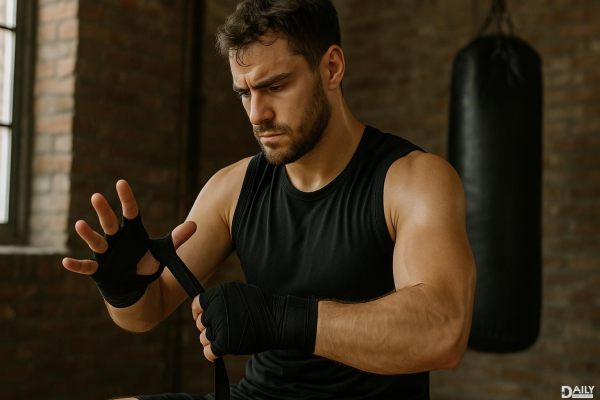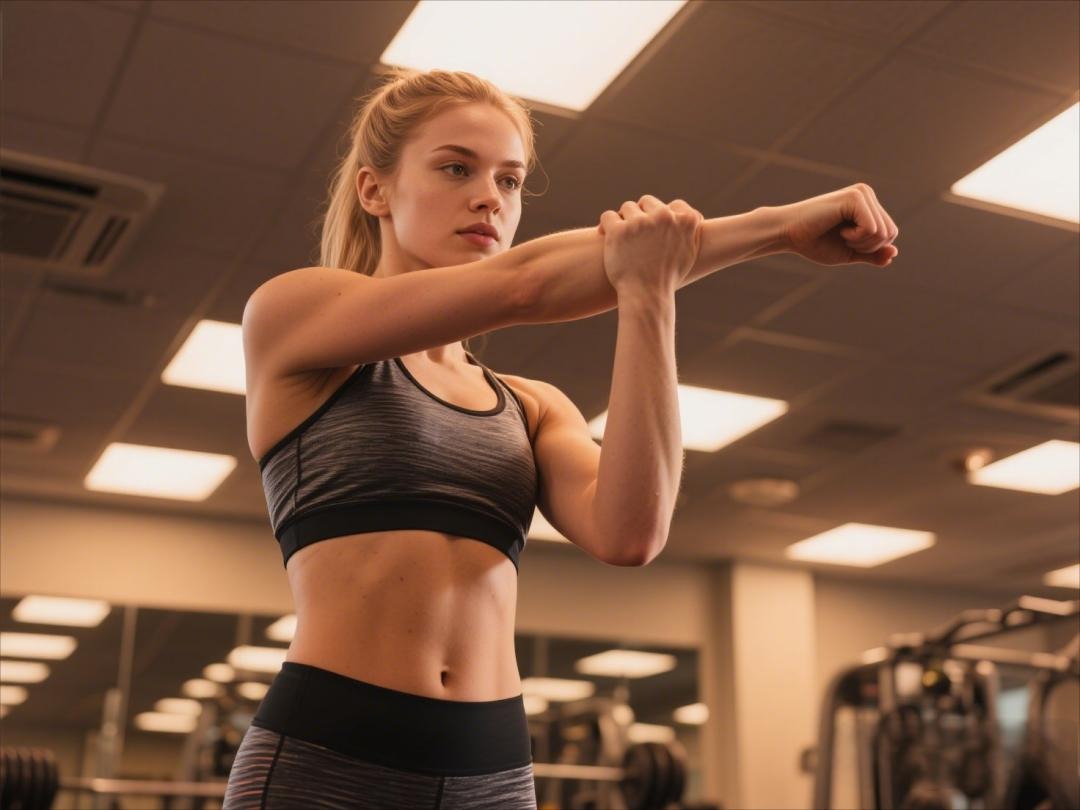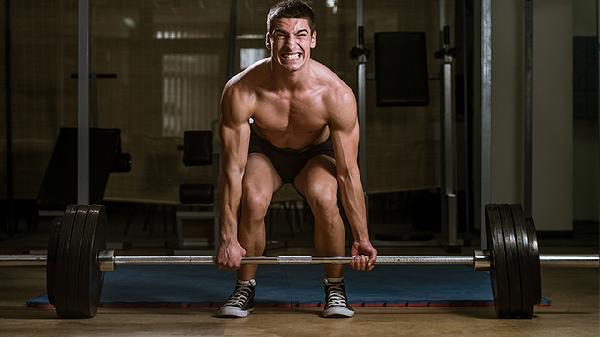Every boxer, whether a seasoned pro or a weekend warrior, needs to wrap their hands properly before stepping into the ring or hitting the bag. Why? Because hand wrapping isn’t just a ritual—it’s a critical step to protect your joints, prevent injuries, and even boost your performance. Think of it as the foundation of your boxing game. Without it, you’re basically throwing punches with a ticking time bomb strapped to your hands. Let’s break down why this simple practice is a non-negotiable for anyone who throws a punch.

When you throw a punch, the force doesn’t just magically disappear into thin air—it travels through your hand, wrist, and arm. Your hand is made up of 27 bones, and your wrist has eight tiny carpal bones that are prone to shifting under pressure. Without proper support, the impact from punching can lead to sprains, fractures, or even long-term damage like arthritis. Hand wrapping acts like a protective shield, stabilizing your joints and distributing the force more evenly. It’s like giving your hands a suit of armor before battle.
Injuries in boxing often happen because of repetitive stress or improper form. Wrapping your hands helps mitigate these risks in several ways. First, it keeps your knuckles cushioned, reducing the chance of cuts or abrasions. Second, it stabilizes your wrist, preventing it from bending awkwardly during a punch. And third, it compresses the small bones in your hand, keeping them aligned and reducing the risk of fractures. Think of it as a seatbelt for your hands—you might not need it every second, but when things go wrong, you’ll be glad it’s there.
Hand wrapping isn’t just about protection—it can actually make you a better boxer. When your hands and wrists are properly supported, you can punch with more confidence and power. You won’t hold back because you’re worried about hurting yourself. Plus, the snug fit of the wraps can improve your grip on the gloves, giving you better control over your punches. It’s like upgrading your gear to level up your game. And let’s be real, who doesn’t want to hit harder and more accurately?
Wrapping your hands might seem simple, but there’s a technique to it. Start by securing the loop around your thumb, then wrap around your wrist a few times for stability. Next, move to your knuckles, making sure to cover each one evenly. Don’t forget to weave the wrap between your fingers for extra support. Finish by securing the wrap around your wrist again and tucking in the end. It should feel snug but not too tight—like a firm handshake, not a death grip. Practice makes perfect, so don’t be discouraged if it takes a few tries to get it right.
Even experienced boxers can mess up their hand wraps. One common mistake is wrapping too tightly, which can cut off circulation and make your hands go numb. Another is leaving gaps around the knuckles, leaving them exposed to injury. And don’t even get me started on skipping the wrist—that’s just asking for trouble. Take your time and make sure every part of your hand is covered and supported. It’s better to spend an extra minute wrapping than to spend weeks recovering from an injury.
Not all hand wraps are created equal. The material, length, and style can make a big difference in how they feel and perform. Cotton wraps are the most common and offer a good balance of comfort and support. If you’re looking for something more durable, consider Mexican-style wraps, which are slightly stretchier and provide a snugger fit. As for length, 180 inches is the standard, but longer wraps (like 210 inches) can offer more coverage. And don’t forget to choose a color or pattern that matches your vibe—because looking good while boxing is half the battle.
Hand wraps don’t last forever. Over time, they can lose their elasticity, get stretched out, or start to smell (yikes). If your wraps are fraying, have holes, or just don’t feel as supportive as they used to, it’s time to replace them. A good rule of thumb is to swap them out every 6-12 months, depending on how often you train. Think of it as an investment in your boxing career—because nothing derails progress like an avoidable injury.
Your hand-wrapping technique might vary depending on what you’re training for. For heavy bag work, you’ll want extra padding around your knuckles to absorb the impact. For sparring, focus on wrist stability to protect against accidental twists. And for competition, make sure your wraps are tight and secure, but still comfortable enough to last multiple rounds. Tailoring your wrapping style to your training can make a big difference in how you feel and perform.
There’s something psychological about wrapping your hands before a session. It’s a ritual that signals to your brain that it’s time to focus and get in the zone. When your hands are wrapped, you feel more prepared, more confident, and more ready to take on whatever comes your way. It’s like putting on your superhero cape before saving the day. And in boxing, confidence can be the difference between throwing a knockout punch and holding back.
So, whether you’re a beginner or a seasoned fighter, don’t skip the hand wraps. They’re not just a piece of fabric—they’re your first line of defense, your performance enhancer, and your mental edge all rolled into one. Wrap up, step in, and throw those punches with confidence. Your hands (and your boxing career) will thank you.
























